|
Happy New Year! Are you ready to embrace 2024? I certainly am! I have lots to share with you over the next few months, which includes more insights on my trip to Mt. Etna and Alentejo, a Bulgarian dream tour, and lots of wine from around the world! With the season’s first significant snowstorm in progress, I decided to sample a few red wines to entertain my palate while the snow piles up outside. So, let’s start toasting the New Year with these tasty treats from Italy, Portugal, and Chile. Masciarelli Montepulciano d’Abruzzo DOC 2020 Masciarelli Tenute Agricole is a family-owned winery founded in 1981. Led by mother-daughter team Marina Cvetić and Miriam Lee Masciarelli, the winery is the only one in Abruzzo to own land in all four provinces ((Chieti, Pescara, Teranio, and L’Aquila.) They have 350 hectares of estate-owned vineyards and are committed to sustainability in the vineyards and the winery. Masciarelli has 22 labels and seven product lines. This wine is 100% Montepulciano, hand-harvested from nine specific vineyards. It is aged in stainless steel tanks and then bottled without fining or filtration. Nose: Violets, cherry, berries, and spice. Palate: Juicy bing cherries, red berries, spice, and a hint of herbs. It is nicely balanced and good value for the price! Alcohol: 13.5% SRP: $15 Pairing suggestions: Pizza, pasta, grilled meat, or charcuterie board. Dos Lusíadas Pinteivera Tinto Douro Valley DOP 2018 Michel Chapoutier is an iconic winemaker and wine merchant known for his organic wines in the Rhone Valley, France. In 2009, he picked out a small, three-hectare plot in the Douro Valley, Portugal. His motivation was to produce wine from the indigenous and most praised grape variety, Touriga Nacional. He and local growers collaborated, resulting in the creation of Pinteivera. This 100% Touriga Nacional is hand-harvested at maturity, and the wine is aged in 100% French oak barrels for 12 months, with a percentage that goes to new barrels varying from year to year. “Dos luisiadas is named after the famous poem, Os Lusíadas, written by Portuguese poet Luís Vaz de Camões. This epic work tells the tale of the Portuguese explorer Vasco de Gama’s travels to India.” Nose: Violets, berries, and spice, with a touch of cherry and herbs. Palate: Lovely notes of dark fruit, plum, dark cherry, wisps of minerality, and notes of dark berries and dark chocolate lingering on a long finish. Beautiful depth and character. Alcohol: 15% SRP: $38 Pairing suggestion: Hearty stews, braised brisket, seared tuna, chili, or grilled octopus. Viña Maquis Gran Reserva Cabernet Sauvignon 2018 Viña Maquis is located in the heart of the Colchagua Valley in Chile between the Tinguiririca River and the Chimbarongo Creek. Both waterways act as conduits for cool coastal breezes that moderate the warm summers and have a pronounced effect on lowering the temperatures during the hot season. The winemakers said, “This has an impact on the characteristics of the grapes and the wines by increasing the fresh fruit and floral aromas, making the wines more vibrant on the palate and moderating the alcohol levels.” The Hurtado family has owned the estate since 1916, but its roots date back to the 1800s. They own 218 hectares of vineyards in the DO Colchagua Valley. The grapes for this wine are 90% Cabernet Sauvignon, 6% Cabernet Franc, 3% Carmenere, and 1% Petit Verdot. The grapes are all sourced and hand-picked from a vineyard in the Palmilla DO. The wine was aged for 12 months in French oak barrels. Nose: Red berries, plum, herbs, baking spice, and bing cherries. Palate: Aromas segue onto the palate with an emphasis on cherry and hints of minerality. The tannins are mild, and the wine has good structure and balance. The finish is long and heavenly. Alcohol: 14% SRP: $20 Pairing suggestions: Barbecue fare, stews, cheese plate, portobello burger, or seared tuna. Montes Wings Carménère 2020 Montes Winery is based in the Colchagua Valley, Chile, with its vineyards spread throughout the country. It was established in 1987 by original partners Aurelio Montes and Douglas Murray. In 1988, Alfredo Vidaurre and Pedro Grand joined the partnership. These visionaries created a company recognized worldwide today, with their wines exported to over a hundred countries. Wings was created from a long-running dispute between Aurelio Monte Sr. and his son, Aurelio Jr. His son wanted to produce a “more free-flowing style of Carménère.” The result is Wings. It is 85% Carménère and 15% Cabernet Franc. Grapes for this wine are sourced and hand-picked from their Finca de Apalta estate in the Colchagua Valley. The wine was aged in new French oak barrels (80%) and second- and third-use barrels (20%) for 16 months before bottling. Nose: Dark berries, cherry, pepper, baking spice, tobacco, and a hint of fig.
Palate: Lush dark fruit with spice and a touch of dark chocolate lingering on a long finish. Beautifully structured and complex. It will only get better with age! Alcohol: 14.5% SRP: $55 Pairing suggestions: Aged cheese platter, roasted/grilled meat, mushroom stew, lamb chops, or vegetable risotto. Fun fact: Chile has the most Carménère under vine in the world, at 10,332 ha/25,530 acres in 2021. By comparison, France has just 80 ha/197 acres. DNA analyses carried out in New Zealand in 2006 showed that several vines planted as Cabernet Franc are, in fact, Carménère. It is also present in Veneto, Italy, plus a few vineyards in China. I wish everyone a healthy, happy, and peaceful New Year! Until next time… Cheers! Penina To leave a comment or if you have an inquiry, please contact me at [email protected] Yes, we are making a quick stop to the heart of Douro Valley again to revisit Quinta do Crasto and review three delicious wines! Here is a re-cap of Quinta do Crasto from a previous article. Quinta do Crasto is a fourth-generation, family-run business that has been in the family of Leonor and Jorge Roquette for more than 100 years. It is also one of the oldest winemaking estates in the Douro region of Portugal. The earliest written records mentioning Quinta do Crasto and its wine production date back to 1615. One hundred forty years later, in 1756, the Douro became the first-ever demarcated and regulated wine region in the world. And in 2001, UNESCO sanctioned the Douro region as a World Heritage site. Quinta do Crasto is headquartered in the heart of Douro Valley, in Gouvinhas, a municipality of Sabrosa, and is one of the most picturesque parts of the Douro. With the help of Jorge and Leonor’s sons, Miguel and Tomás, and daughter, Rita, they produce top-quality Douro DOC wines, in addition to port and olive oil. Quinta do Crasto has four estates that spread across the sub-regions of the Douro Demarcated Region of northern Portugal. The Douro experiences a hot, continental climate, with each sub-region demonstrating its unique topography, soil, and water resources. Quinta do Crasto is a 335-acre estate of which 185 acres are planted to vines located in the Cima Corgo sub-region. Most of the vineyards are on south-facing slopes that extend from the banks of the Douro River to an altitude of almost 600 meters. The soils are of schist complex types that can absorb and retain heat. This, combined with dry conditions and excellent sun exposure, forces the roots to grow dozens of meters deep in search of water. All of these conditions contribute to the complexity and intensity of the wines produced. Small plots of old vines that total 98 acres are located on terraces with stone retaining walls to protect these older vines, some of which are a hundred years old. They recently expanded their vineyards to the Douro Superior sub-region with a new vineyard of 371 acres. So, let’s taste some wine! Crasto Superior Red 2016 Douro DOC The grapes for this blend are sourced from 15-year-old vines in the Douro Superior sub-region and are a blend of Touriga Nacional, Touriga Franca, Tinta Roriz, and Souzão. The wine is aged for approximately 12 months in French oak barrels. The color is royal purple with aromas of ripe berries, a hint of cherry, and baking spice. Dark berries, plum, licorice, spice, and firm tannins abound on the palate. This wine is nicely structured with a long finish. Pair with grilled steak, seared tuna, hearty stews, or a charcuterie board. Alcohol: 13.5% SRP: $29 Quinta Do Crasto Reserva Old Vines 2016 Douro DOC The estate has 40 hectares of old vines spread throughout 42 vineyard lots. Among them are the famous Vinha da Ponte and Vinha Marie Teresa. Dozens of mixed varieties are planted in these plots. The grapes for this wine are sourced from old vines averaging around 70 years of age, with mixed plantings of 25 to 30 different grape varieties. This wine is aged in French (85%) and American (15%) oak barrels for 18 months. This is an elegant wine with a dark ruby color. An expressive nose of berries, anise, spice, and earth give way to a layered palate of dark fruit, berries, spice, a hint of minerality, and firm tannins. The finish is long, with notes of dark berries and cocoa lingering. Serve with game, hearty stews and soups, or grilled dense fish. Alcohol: 14.5% SRP: $45 Quinta Do Crasto Touriga Nacional 2016 Douro DOC The grapes for this 100% Touriga Nacional are sourced from the best Touriga Nacional plots of Quinta do Crasto estate and only bottled in the best years when the highest levels of quality and excellence are achieved. This wine ages for 18 months in French oak barrels. Touriga Nacional’s signature bouquet of violets is present in this deep purple-colored wine. Other aromas include fresh berries, spice, and oak that segue onto the palate with notes of dark chocolate and blackberries lingering on a long finish. This wine has excellent structure and smooth tannins. If allowed to age another year or so, it will develop even more complexity. However, it is ready to enjoy now. Serve with hearty cuisine.
Alcohol: 13.5% SRP: $78 All of these wines are amazingly fresh with beautifully concentrated flavors. I used my Coravin system on all three bottles and am looking forward to opening them within the next year! Until next time… Cheers! Penina To leave a comment or if you have an inquiry, please contact me at [email protected] My last story was a virtual tour of the DÃO wine region in Portugal. Since it is so close to the Douro region, I thought it might be fun to “virtually” stop by Quinta do Crasto winery and taste a few of their wines. Quinta do Crasto is a fourth-generation, family-run business that has been in the family of Leonor and Jorge Roquette for more than 100 years. It is also one of the oldest winemaking estates in the Douro region. The earliest written records mentioning Quinta do Crasto and its wine production date back to 1615. One hundred forty years later, in 1756, the Douro became the first-ever demarcated and regulated wine region in the world. And in 2001, UNESCO sanctioned the Douro region as a World Heritage site. Quinta do Crasto is headquartered in the heart of Douro Valley, in Gouvinhas, a municipality of Sabrosa. It is one of the most picturesque parts of the Douro. Constantino de Almeida bought Quinta do Crasto in the early 20th century. He was famous for his wine house dedicated to the production of port. After his passing in 1923 Constantino’s son, Fernando Moreira d’Almeida, took on the management and production of high-quality Port wine at Quinta do Crasto. In 1981, Leonor Roquette, the daughter of Fernando Moreira d’Almeida, together with her husband Jorge Roquette assumed majority ownership and management of the estate. With the help of their sons, Miguel and Tomás and daughter, Rita they renovated and extended the vineyards and began producing Douro DOC wines, which the winery is now known for both domestically and abroad. The Douro may be famous for supplying the world with its production of port wine, however, it is now being praised for its succulent and refined unfortified wines, both red and white. And, Quinta do Crasto is producing top quality wines combining a state-of-the-art wine cellar with traditional methods of winemaking. In addition to port and unfortified wines, they also produce olive oil. Quinta do Crasto has four estates spread across the sub-regions of the Douro Demarcated Region of northern Portugal. The Douro experiences a hot, continental climate with each sub-region demonstrating its own unique topography, soil and water resources. Quinta do Crasto is a 335-acre estate of which 185 acres are planted to vines located in the Cima Corgo sub-region. Most of the vineyards are on south-facing slopes that extend from the banks of the Douro River to an altitude of almost 600 meters. The soils are of schist complex types that can absorb and retain heat. This combined with dry conditions and excellent sun exposure forces the roots to grow dozens of meters deep in search of water. All of these conditions contribute to the complexity and intensity of the wines produced. Small plots of old vines that total 98 acres are located on terraces with stone retaining walls to protect these older vines, some of which are a hundred years old. Quinta do Crasto recently expanded their vineyards to the Douro Superior sub-region with a new vineyard of 371 acres. I recently received two samples of Quinta do Crasto wine from the Cima Corgo sub-region. Crasto White 2018 This wine is a blend of 40% Viosinho, 30% Gouveio and 30% Rabigato indigenous grapes. 85% of the blend was matured in stainless steel vats and 15% of the blend was fermented and aged in used French oak barrels for three months. Light lemon in color, aromas of floral, citrus and pineapple give way to a fresh and lively wine on the palate. Notes of minerality are well integrated with a creamy texture and lemon zest on the finish. Rabigato contributes to the natural acidity, Gouveio contributes citrus notes and Viosinho adds dimension and texture. Enjoy as an aperitif or serve with seafood, grilled fish, white meat and light pasta. Alcohol: 12% SRP: $20 Crasto Red 2018 This wine is a blend of 35% Touriga Nacional, 30% Tinta Roriz, 25% Touriga Franca and 10% Tinta Barroca indigenous grapes. 85% of the blend was aged in temperature-controlled stainless steel vats and 15% in French oak barrels for six months. Deep purple in color, this wine has a heady bouquet of fresh ripe berries, floral and baking spice. The palate offers dark berries, plum, spice, anise, a hint of pomegranate and chalky minerality. Acidity, tannins and texture are nicely balanced. Pair with grilled meat, pasta, stews and grilled tuna.
Alcohol: 14.5% SRP: $20 Both wines are well structured and exhibit freshness and balance. And, they pair well with many seasonal dishes. Pour yourself a glass of the “Douro Valley” and enjoy! Until next time… Cheers! Penina To leave a comment or if you have an inquiry, please contact me at [email protected] The spring weather has once again turned cold and rainy, with a few tumultuous thunderstorms and tornados thrown in for good measure. So, the other evening after uprighting deck furniture and an overturned grill in the pouring rain, it seemed like a good time to open a bottle of Warre’s Otima 10, an aged 10-year-old tawny port that I received as a gift a few months ago. Warre’s is considered to be the oldest British Firm in Portugal to ship Port. Warre’s roots go back to 1670 when two Englishmen opened offices in northern Portugal as a general trading company that exported wines, olive oil and fruit. The company was known then as Burgoyne & Jackson. Through the years new partners were added, marriages formed and the business name changed several times. In 1729 William Warre became a partner and the name of the company changed to “Mssrs Clark, Thornton & Warre”. Warre was born in India in 1706 and was the first Warre to arrive in Portugal. His parents and grandparents were longtime established members of the East India Company. Warre went on to create a family Port dynasty and by the end of the 18th century, Warre & Sons had become one of the leading companies to export Port. He was also the first British National to buy land in Vila Nova da Gaia. Warre’s fifth child, James Warre was a highly regarded figure in the Port trade for more than 50 years. The Symington family, which has an illustrious ancestry in the Port trade extending over a period of 350 years and 13 generations, now owns Warre’s. Andrew Symington was born in Scotland and came to Oporto in 1882. He worked with the Warre family and eventually became a partner of Warre & Co. in 1905. By 1908, Symington became the sole owner of the company. The present generation of Symingtons are owners and managers of Warre’s and other family Port companies. They own 26 quintas (vineyards) in the Alto Douro, 2,461 hectares of land. In addition to Warre’s, these estates are the foundation for the different wines of Graham’s, Cockburn’s, Dow’s, Quinta do Vesúvio and the Symington family’s Douro DOC wines. Warre’s Otima 10 is a ten-year-old tawny Port. The grapes are a blend of traditional Portuguese varieties from the Douro Valley. The wine is matured for ten years in seasoned oak casks. The color is between ruby and amber with delicate aromas of caramel, dried fruit and wood. The palate offers a nice balance of fruit and almonds with toffee, honey, toast and spice notes. This Port is smooth, beautifully balanced and full-bodied. It was the perfect “calm” after the storm.
Alcohol: 20% SRP: $26 Memorial Day weekend is coming up fast. I’m already chilling rosés, sparkling wines and a few other treats to kick off what I hope to be the start of a fantastic summer! What will you be pouring in your glass? Cheers! Penina To leave a comment or if you have an inquiry, please contact me at [email protected] My mouth was still tingling with delight after tasting and reviewing several bottles of wine from Alentejo, Portugal last week. So, last night I opened a bottle of wine from northern Portugal’s Douro Valley region. My palate was not disappointed! Douro is famous for supplying the world with its production of port wine. However, it is now being praised for its succulent and refined unfortified wines, both red and white. Quinta da Zaralhôa is a family owned estate with 12 hectares located in the sub-region of Douro Superior. This sub-region experiences extremely cold winters and very hot summers. The vines grow in schist soil on steep slopes with the vineyards facing southwest, exposing them to less sun. With less sun exposure, the grapes are allowed a longer time to ripen, developing flavors without excess sugar impeding the acid levels. At Quinta da Zaralhôa harvest takes place in October. Farming is certified organic and sustainable. Grapes are crushed with the tradition of stomping the grapes with their feet, in the belief that it is the best way to maximize the juice’s contact with the skin without crushing the seeds. Photo credit Quinta da Zaralhôa Quinta da Zaralhôa Rumansil 2012 is a blend of indigenous grapes; 25%Touriga Nacional, 25%Touriga Franca, 25%Tinta Roriz, and 25% Tinta Barroca. The wine is named after Rumansil, a Roman villa of the 3rd century, located next to Quinta da Zaralhôa. The wine is aged in French oak for 2 years. Prior to bottling, different lots are selected for the final blend and then aged for one year in bottle. The color of the wine is burgundy with intoxicating aromas of dark fruit, floral and spice. The palate is layered with a rich concentration of dark berries, plums, spice, fennel, hints of cocoa and finishes with cherry and pepper. Silky tannins, good acidity, fresh and juicy! Alcohol: 13% SRP: $25 Wines from Douro are becoming more and more popular and run the gamut in price. If you haven’t already tried these wines, I encourage you to treat your palate!
|
Categories
All
|


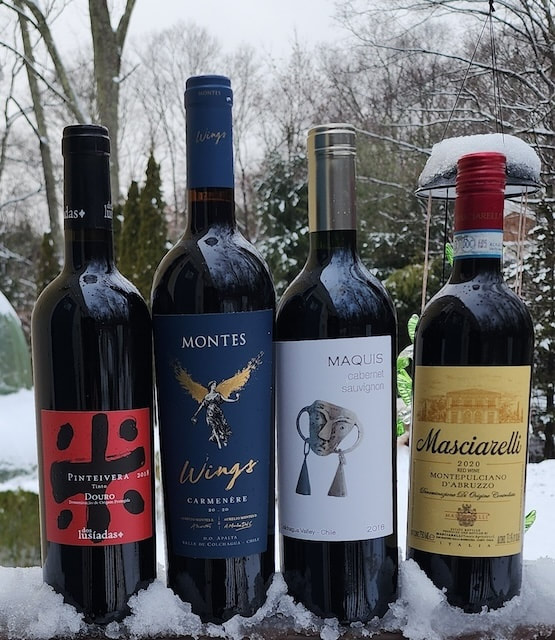
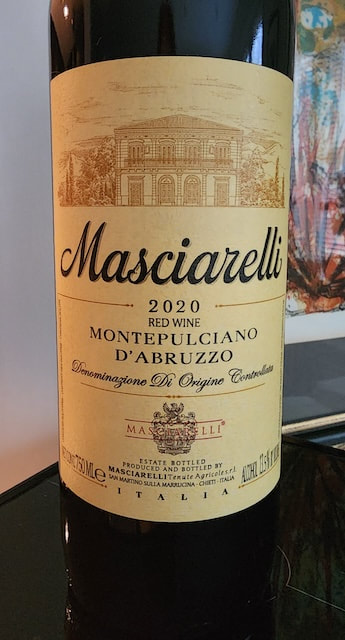
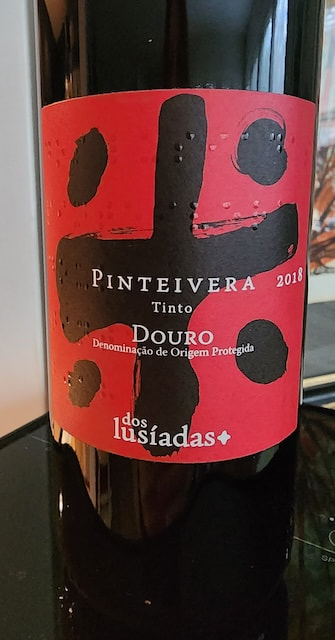
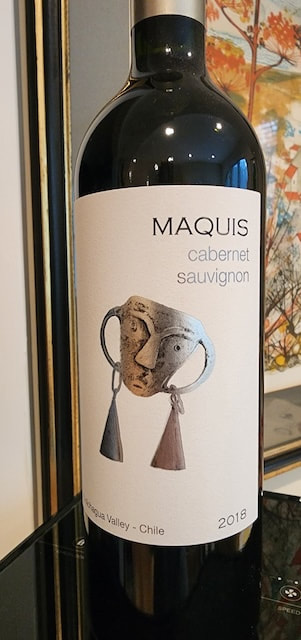
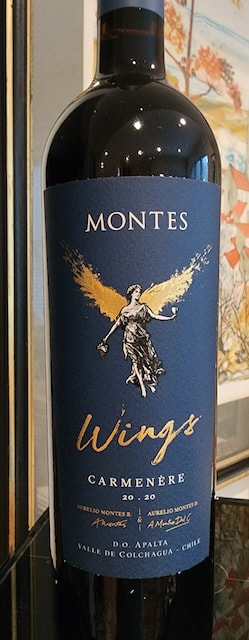
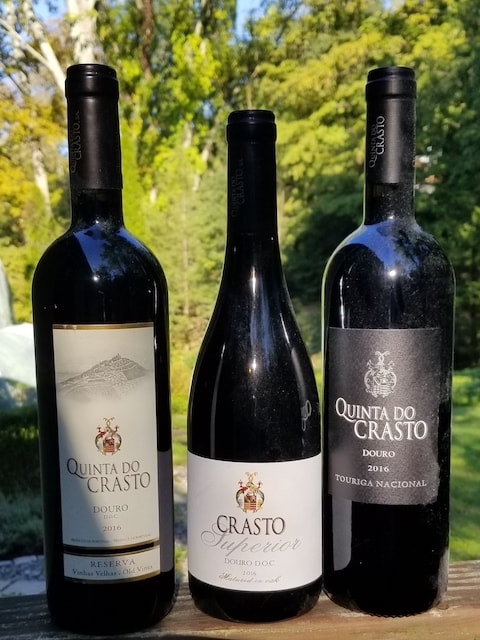
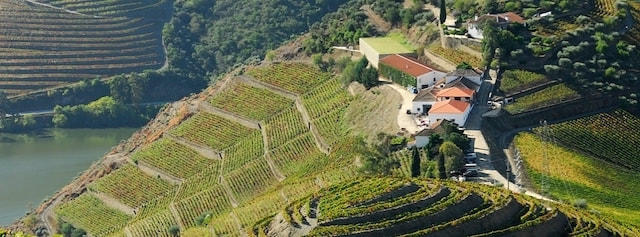
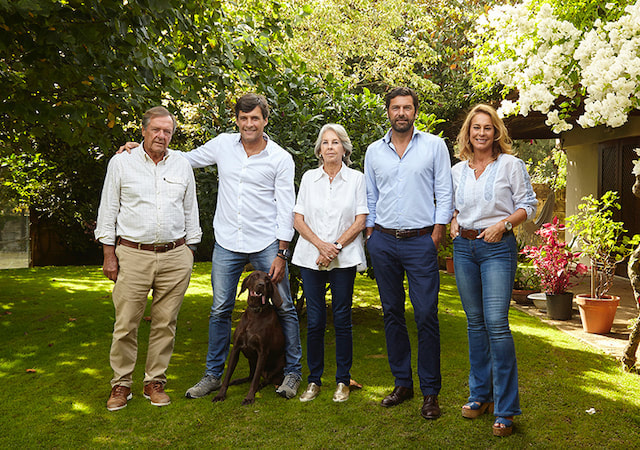
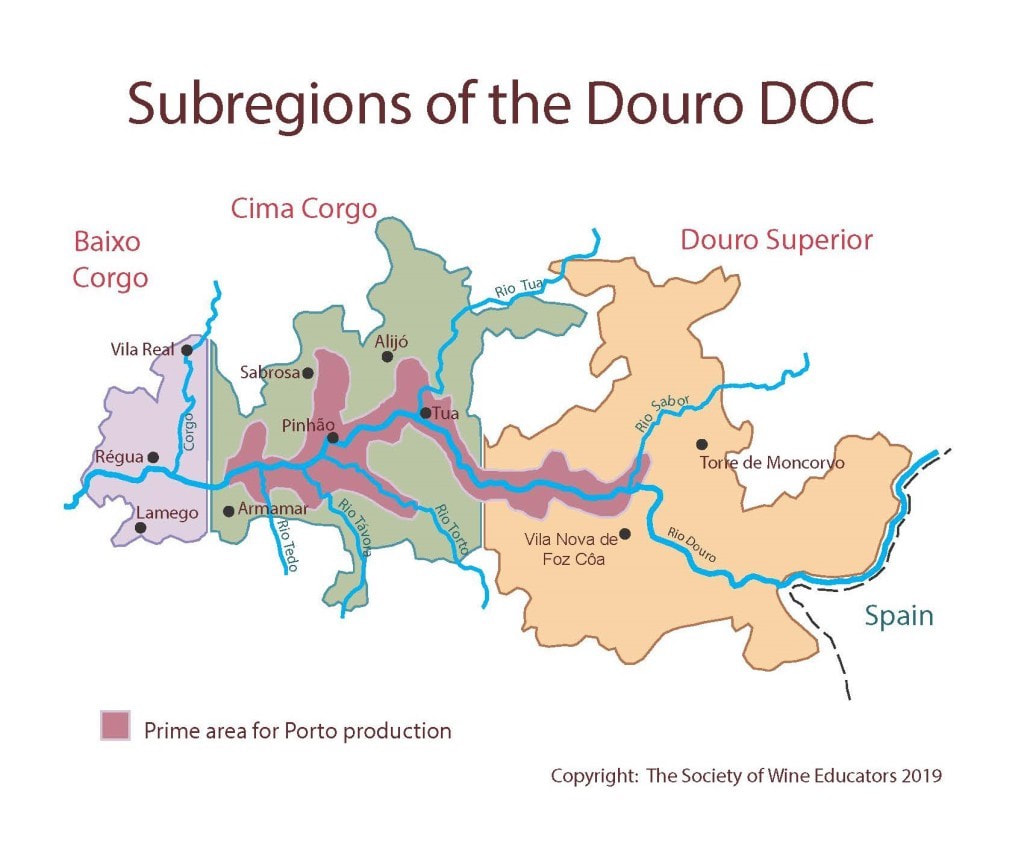
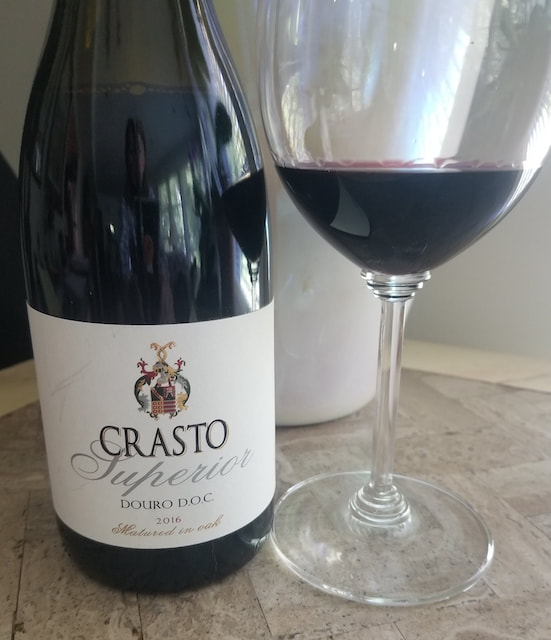
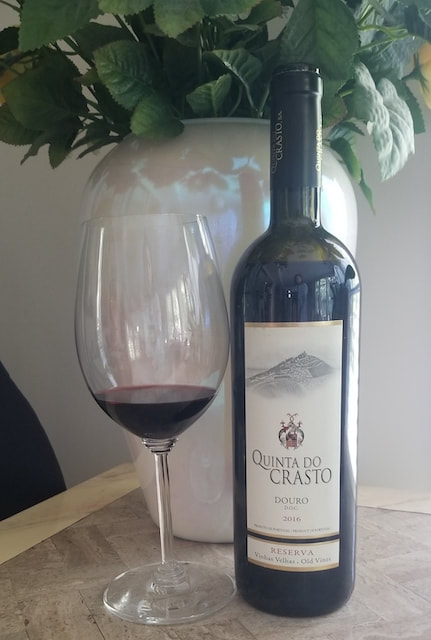
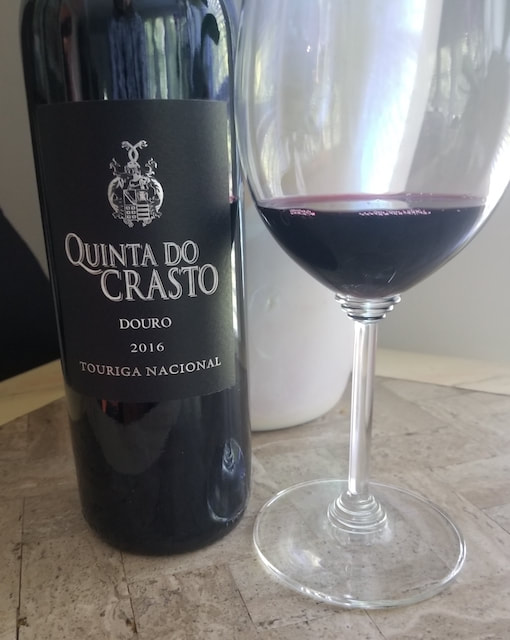
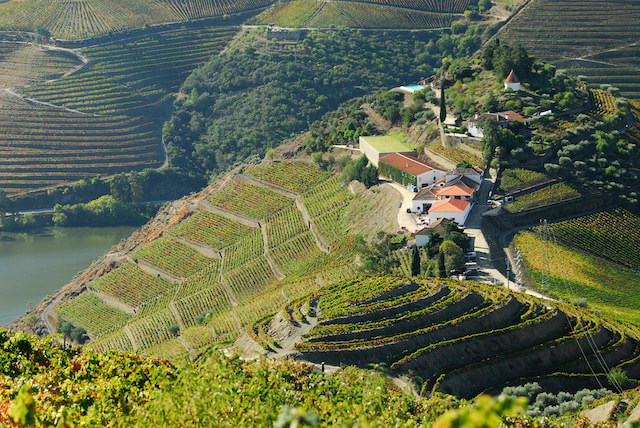
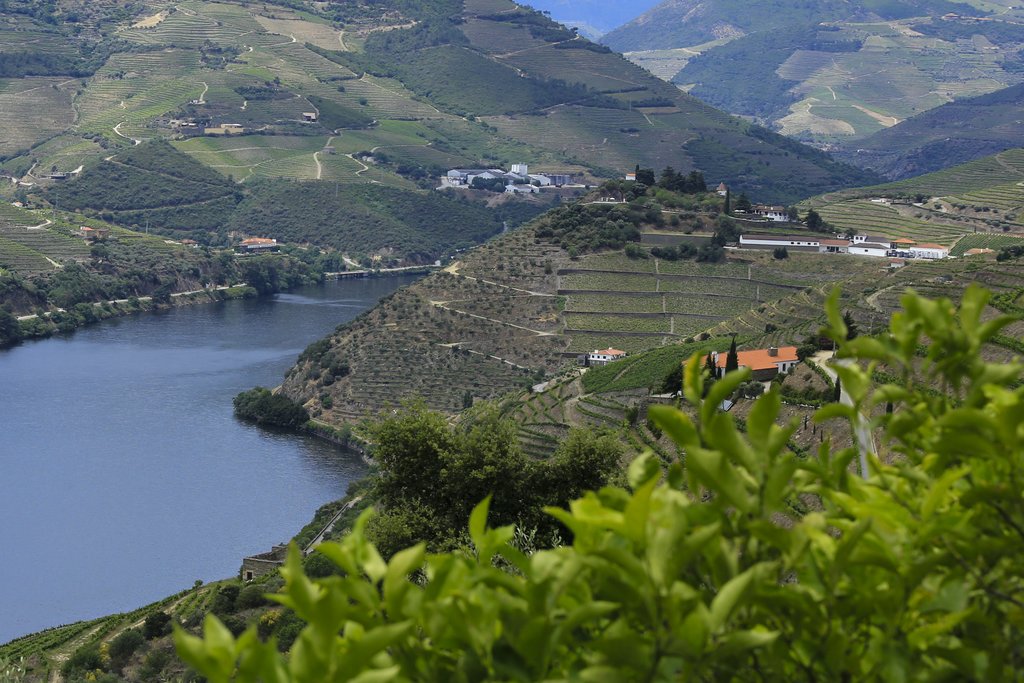
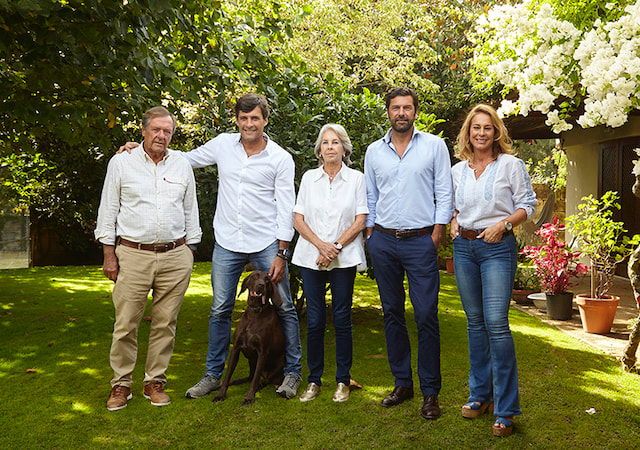
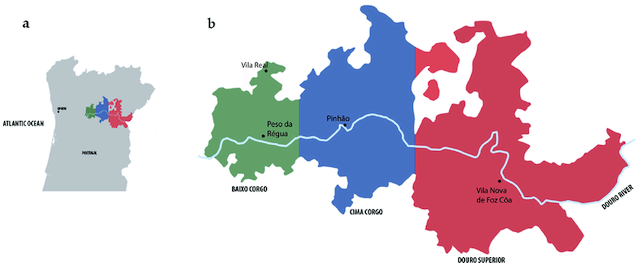
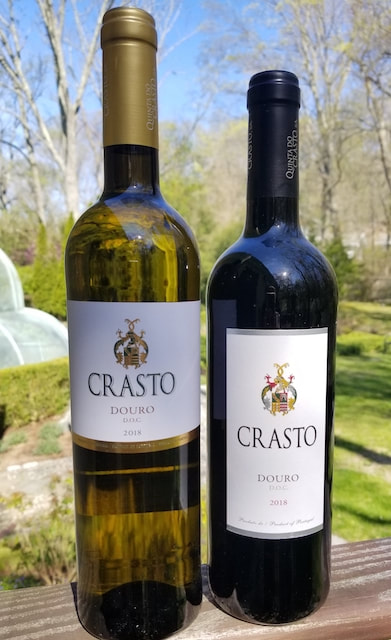
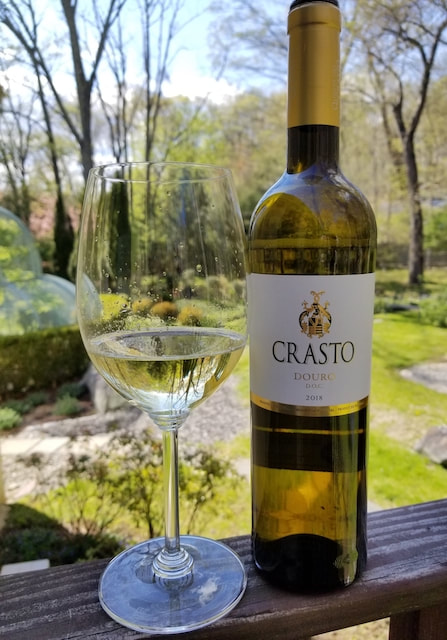
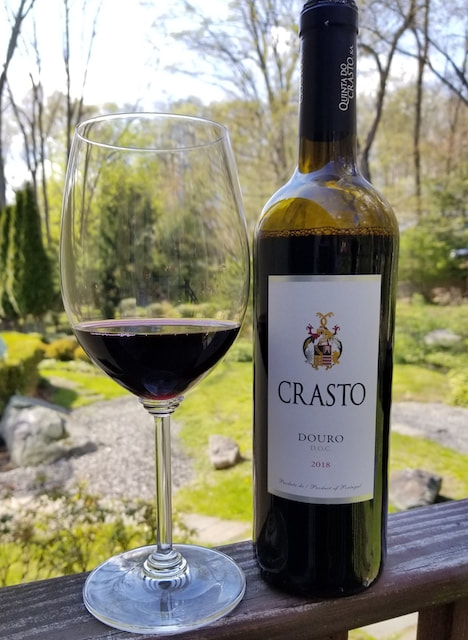

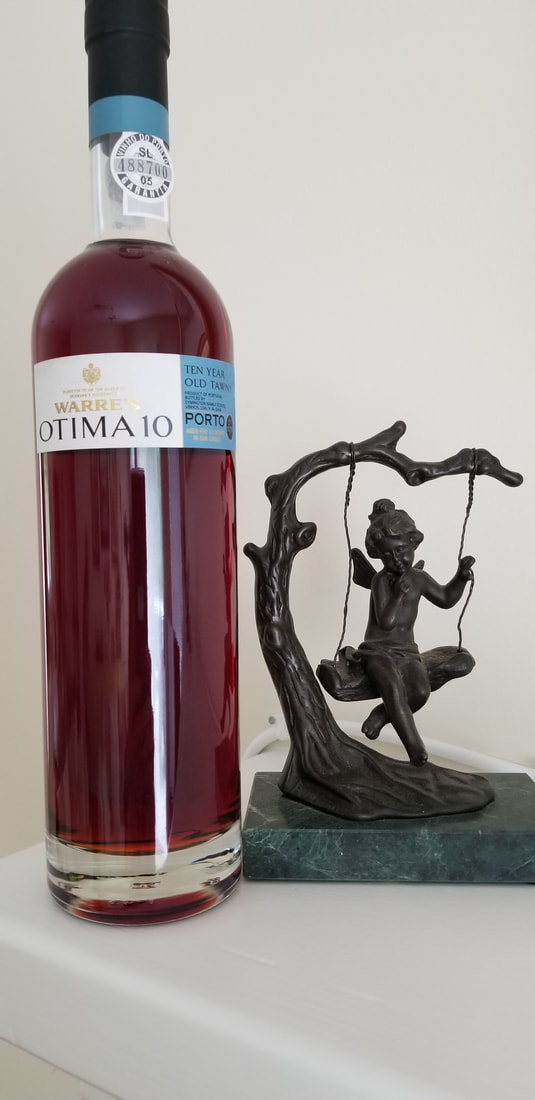
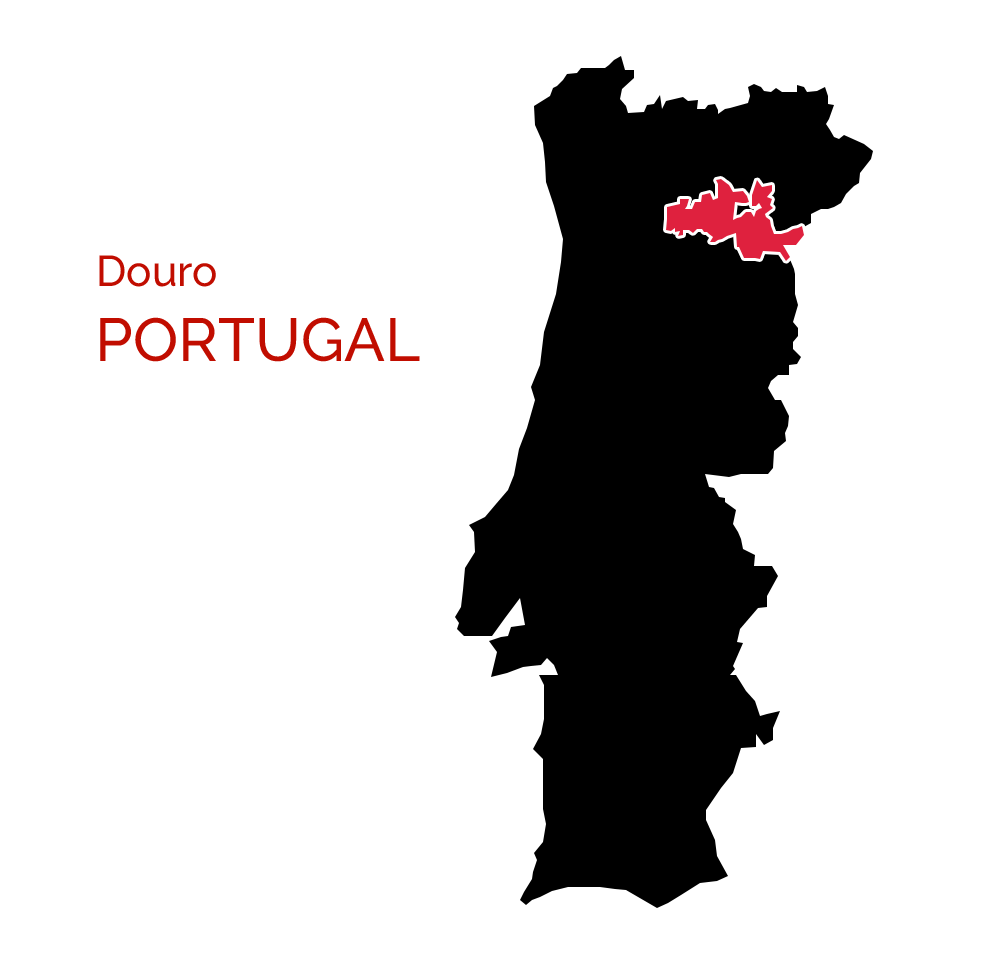
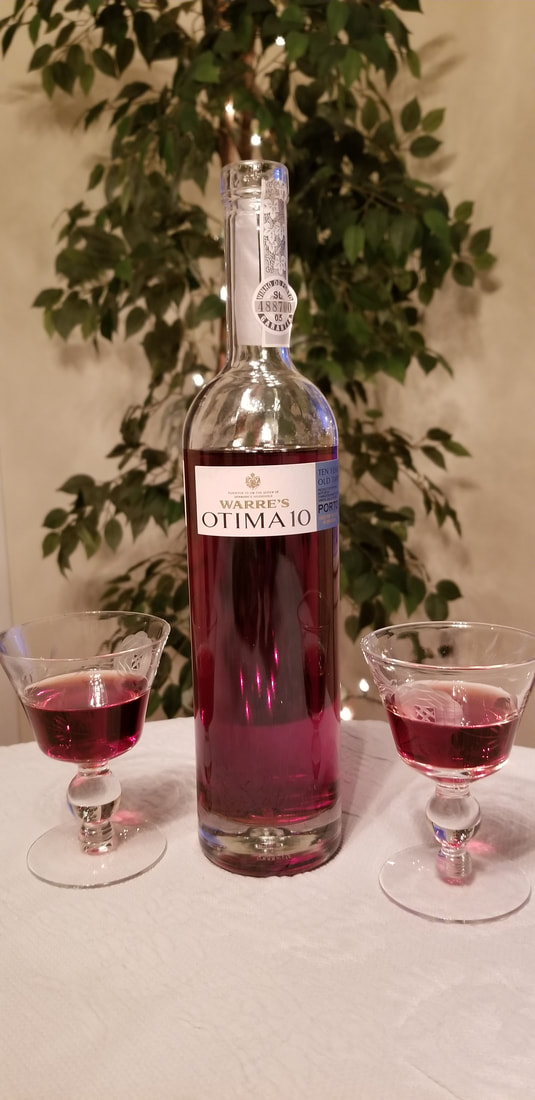
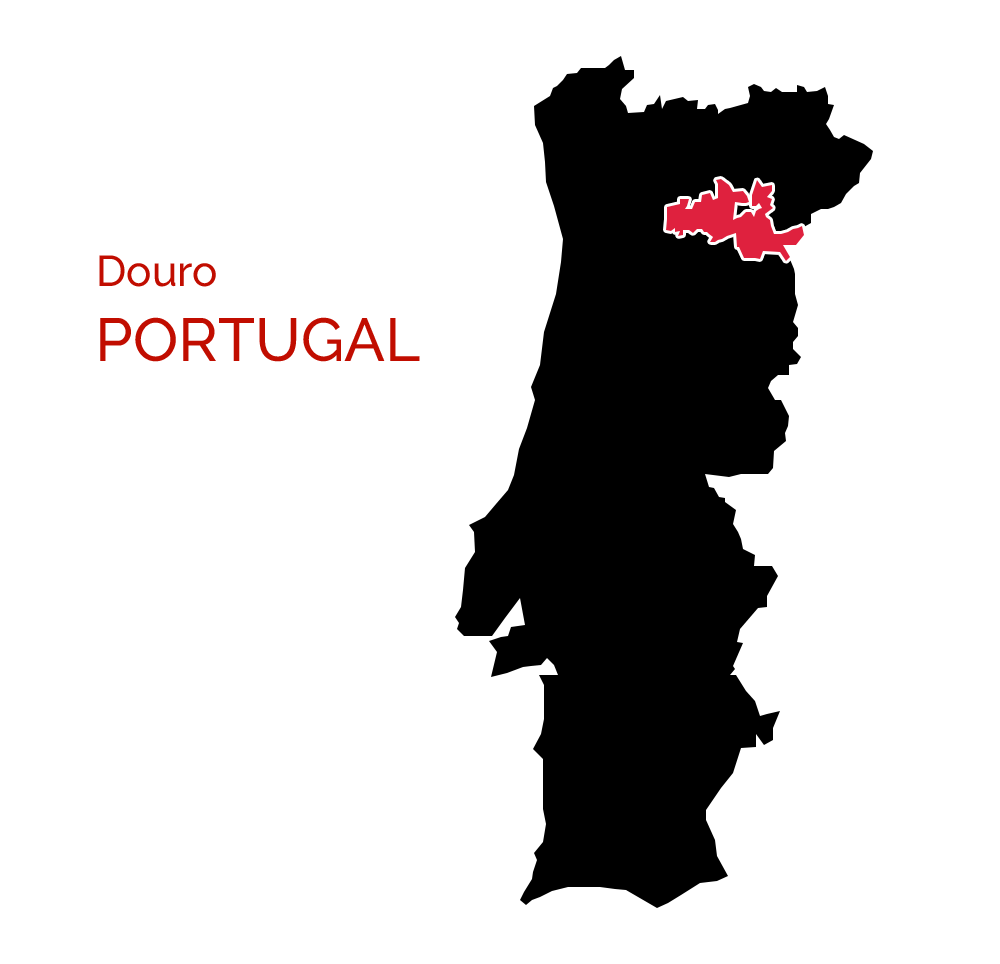

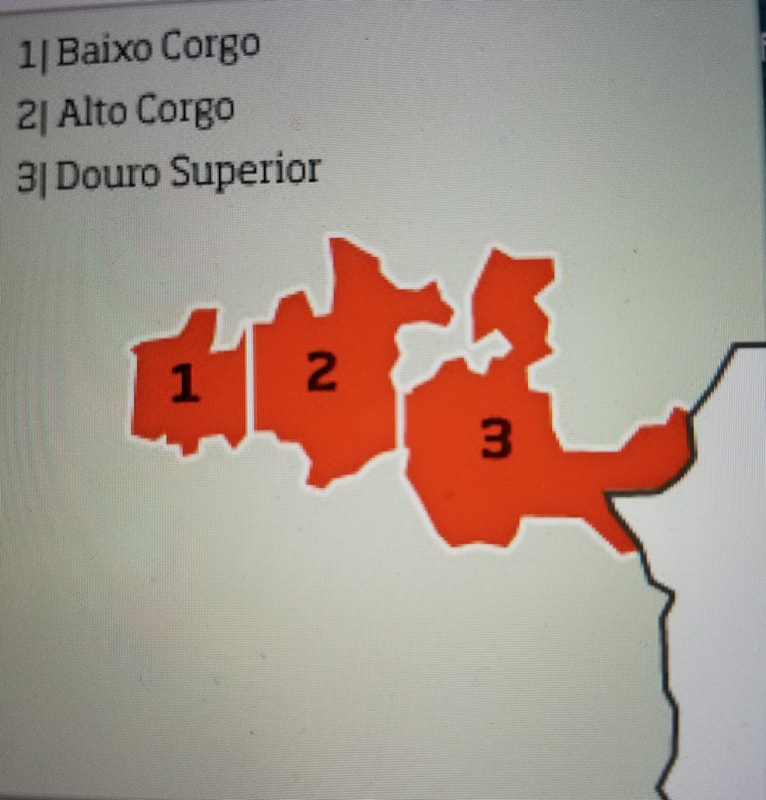
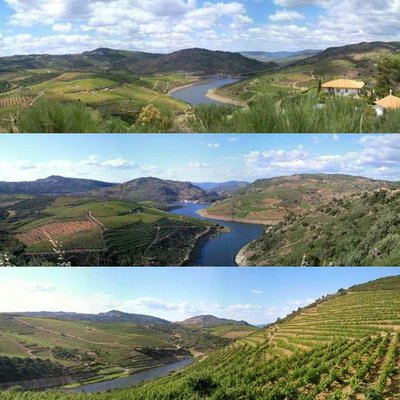
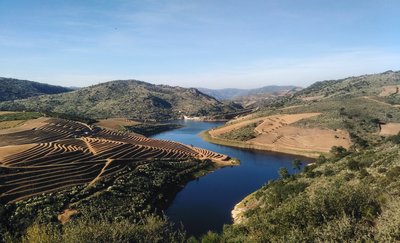
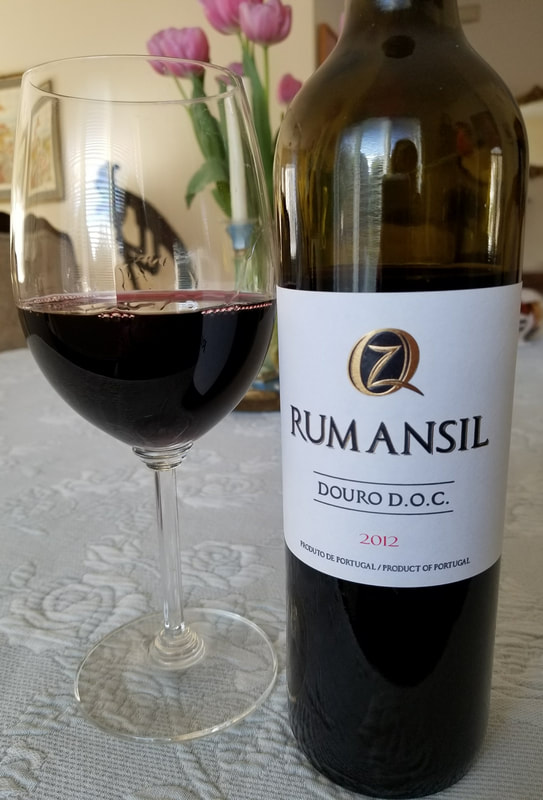
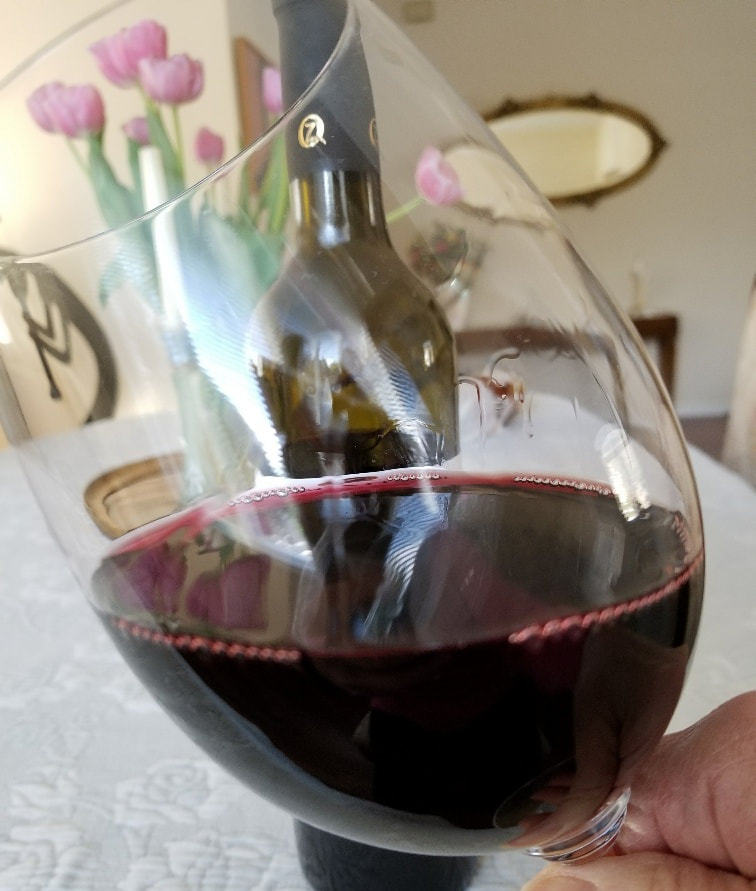
 RSS Feed
RSS Feed